The Roaring Twenties: Wieki Somers explores 1921 vs 2021 through design
Dutch designer Wieki Somers has curated the design section of ‘The Roaring Twenties’: a reflection on the parallels between the 1920s and the 2020s through the lens of art, design and fashion at Museum Kranenburgh, Bergen (until 3 April 2022)
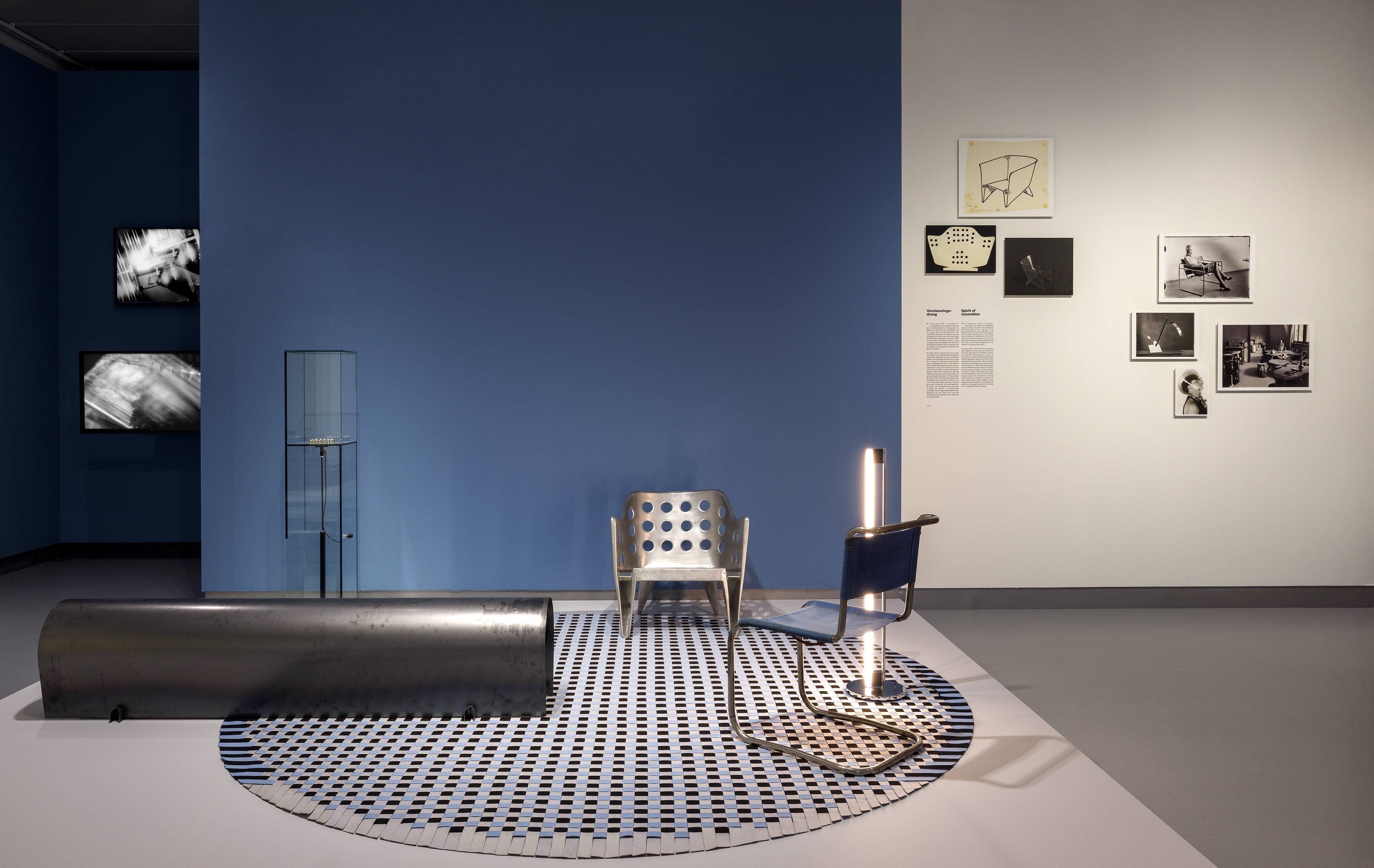
Museum Kranenburgh, Bergen, presents a new exhibition exploring parallels between the 1920s and 2020s in art, design and fashion. Dutch designer Wieki Somers was invited to curate the design section of the show, while Colin Huizing and Liesbeth in’t Hout curated the art and the fashion sections, respectively.
1920s vs 2021 through design
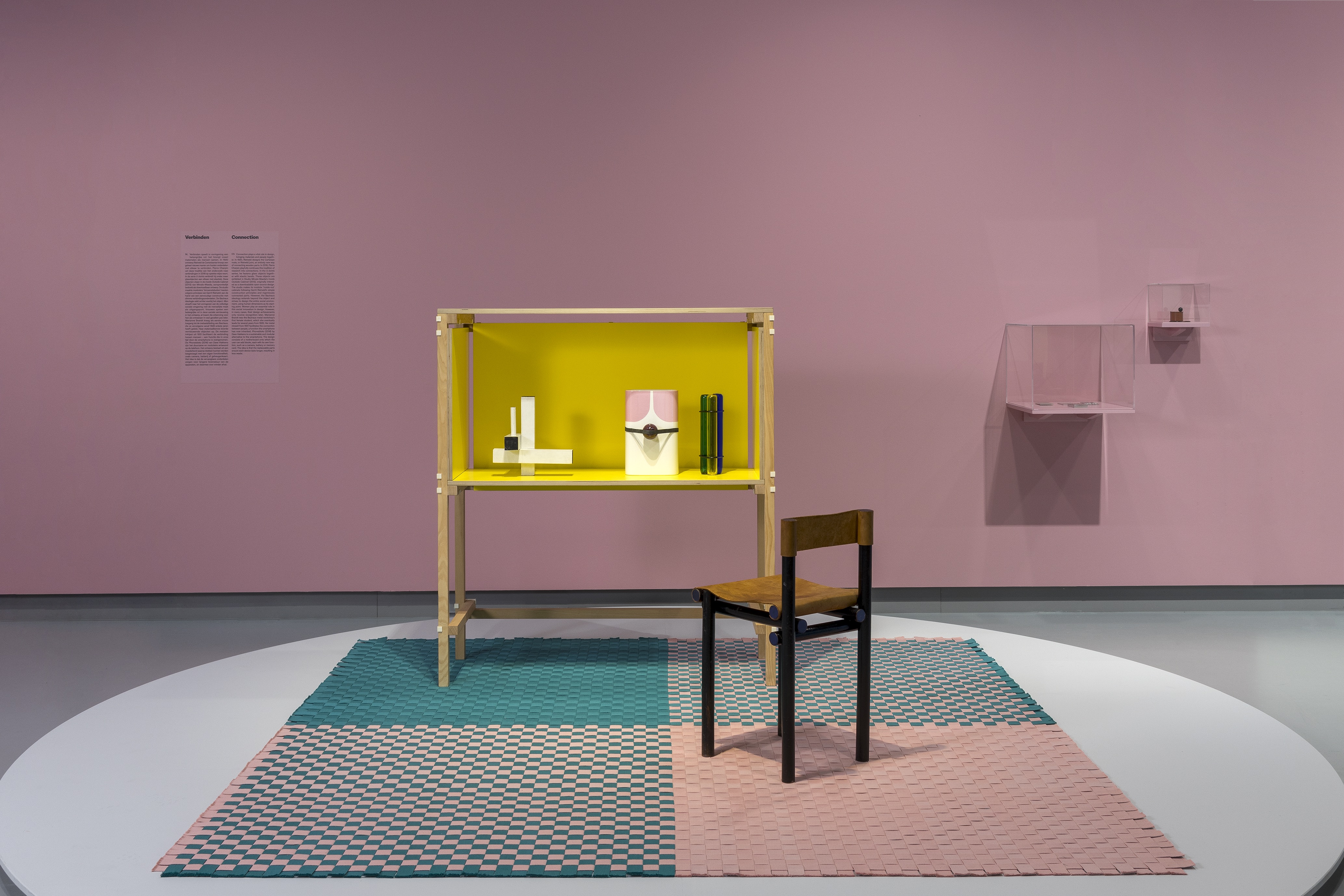
Studio Minale-Maeda's ‘Inside Out Cabinet’ from 2014 next to a Gerrit Rietveld ‘Piano Stool’, 1923. Inside the cabinet: Cartesian node (wood construction), 1920; Pierre Charpin ‘U-joints’ – ‘Nez’, 2018, and ‘Triplo’, Edition Venini 2003
‘What do the artists hope for, at that time, and today? How do they represent the spirit of the times?’ asks Somers. ‘In times of crisis, the role of art and culture often becomes particularly clear, revealing new perspectives.’
A time of contrasts (from the aesthetic innovations of the Bauhaus to fascist regimes and a worldwide pandemic, the Spanish flu), the 1920s were dominated by development and change. Will it be the same for artists of our generation, wonders Somers. It’s tempting to ask if history will repeat itself, she notes.
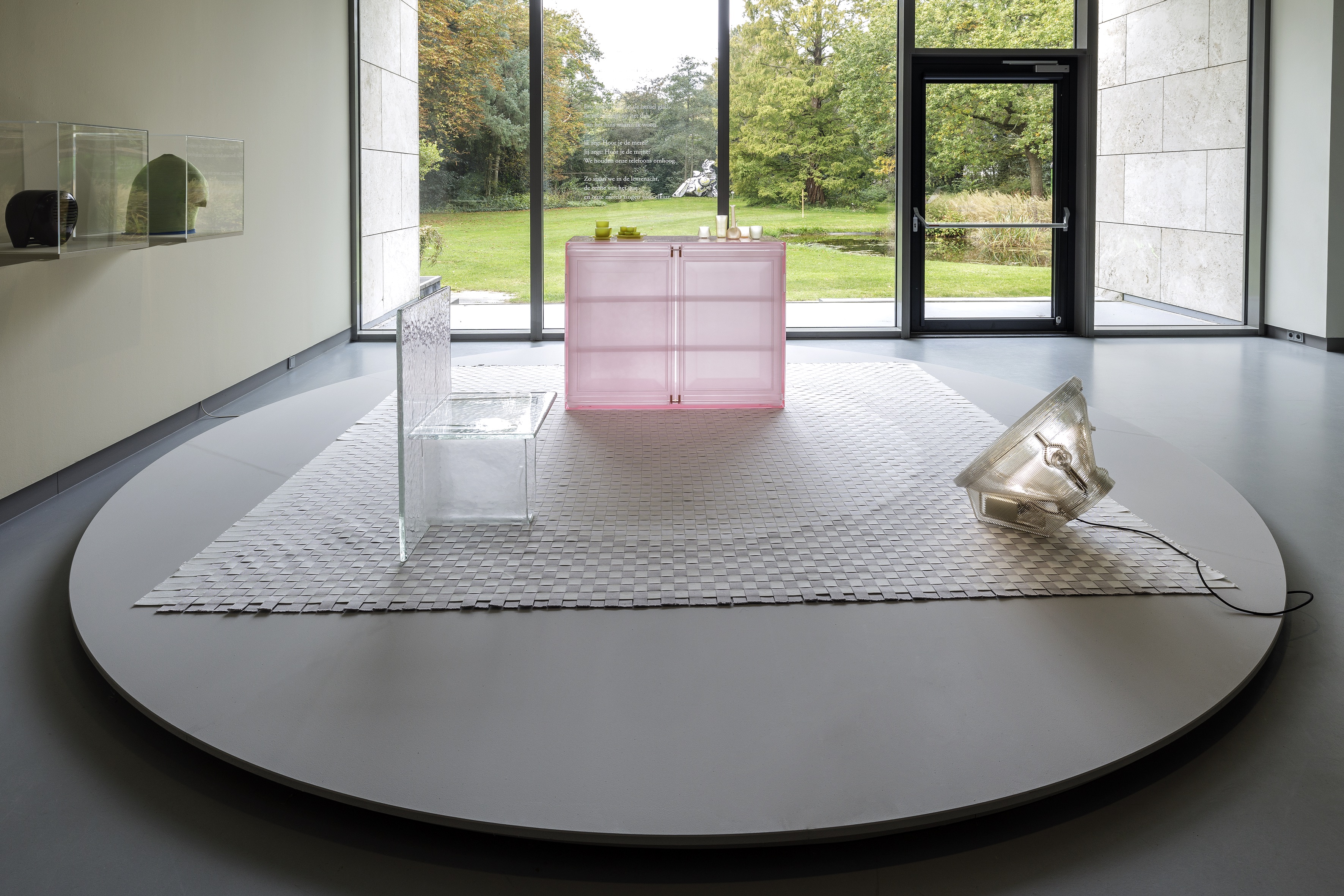
‘Melt’ chair by Nendo, 2019; ‘Satellite’ lamp , 2012; mask by Bertjan Pot, 2012; ‘Frozen’ cabinet by Studio Wieki Somers, 2010
Through her curation, the designer identified six key themes, which she explored through a series of vignettes combining early 20th century creatives with some of the most exciting names working in design today. The exhibition looks at innovation, emancipation of women, nature, social impact, radical thinking and utopia. 'We investigated material studies of the 1920s, which showed an urge to innovate that we can still find today,' says Somers. 'Think about sustainability, gender equality, Black Lives Matter, gender fluidity: looking at the body of work collected for the exhibition, spanning from historical to contemporary artists, designers and fashion designers, we can see a world that is changing rapidly under the influence of technological progress, social engagement and a new view on gender. The role of the arts during difficult times is to reveal new perspectives.'
The works on display include Alvar Aalto’s laminated wood furniture alongside Christien Meindertsma’s biodegradable flax chair, Charlotte Perriand’s modern approach to design presented next to Konstantin Grcic’s cutting edge industrial design work. At the more poetic end of the spectrum is the work of Oskar Schlemmer, whose 1922 Triadic Ballet is placed in conversation with Wang & Söderstrom’s digital images. The durable influence of the 1920s can be easily identified in the fact that many of the historical pieces on display (such as the furniture by Alvar Aalto and Charlotte Perriand) have been reissued in recent times and feel more current than ever.
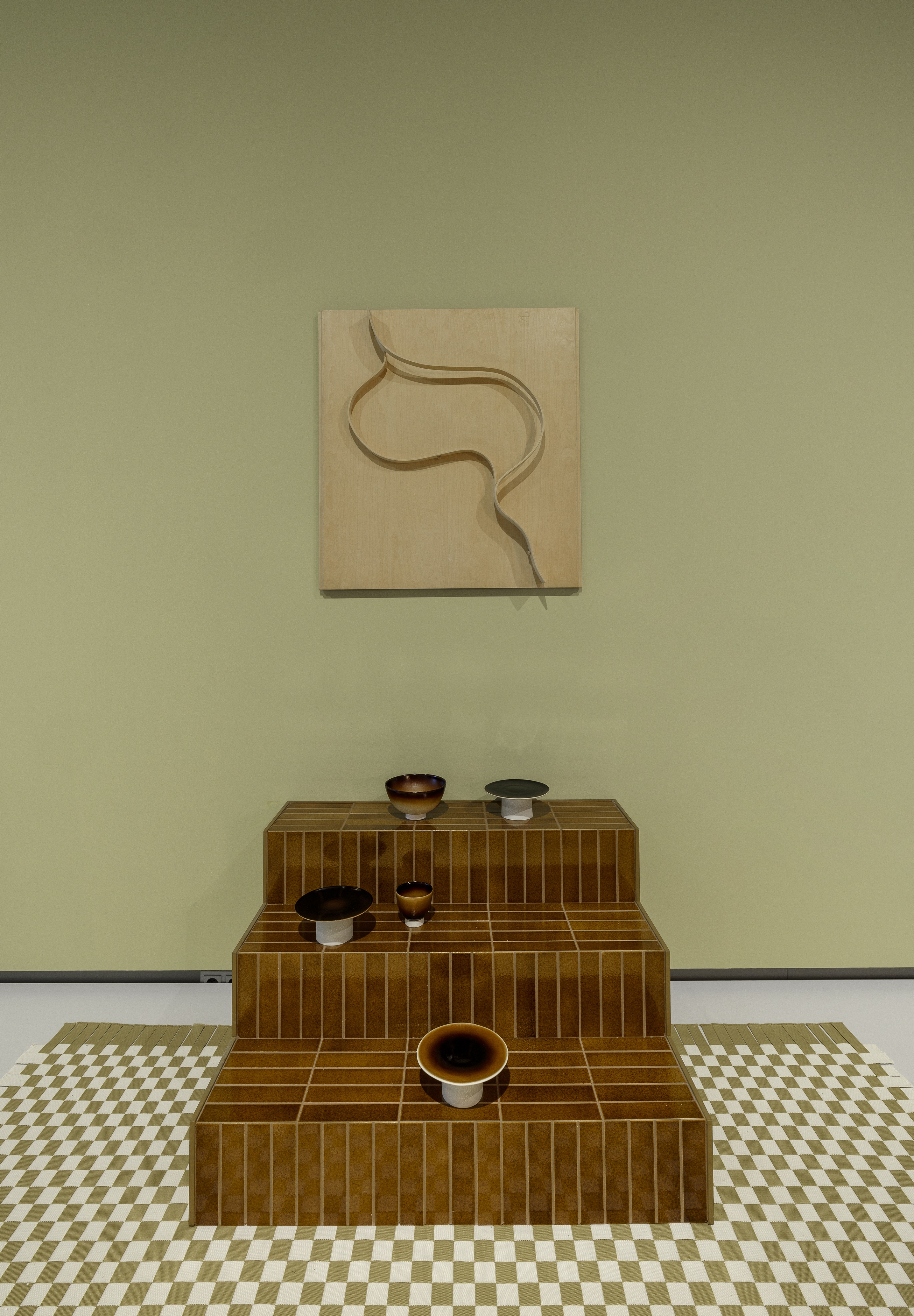
‘Savoy’ (material studies) , 1934; ‘ExCinere – Step’ for Dzek by Formafantasma, 2019; Seok-hyeon Yoon's ‘Ott/Another Paradigmatic Ceramic’ tableware set, 2019–2021
To accompany the show, Somers also designed a collection of nine rugs (a design she originally debuted during Wallpaper's Handmade exhibition in 2019), which nods to Bauhaus textiles, the flat surfaces serving as dividers for the exhibition themes.
Curating the exhibition gave Somers a chance to ponder the current creative climate. 'It’s difficult to predict a world post-pandemic,' she observes. ‘The Roaring Twenties were animated by a drive for innovation; artists and designers thrived in that period. What you do as a researcher – in any field – is to look back at history and recognise patterns that will help to predict the future. I trust the role of the arts in times of crisis, and I believe that artists perform with purpose during turbulent times and lead the way.'
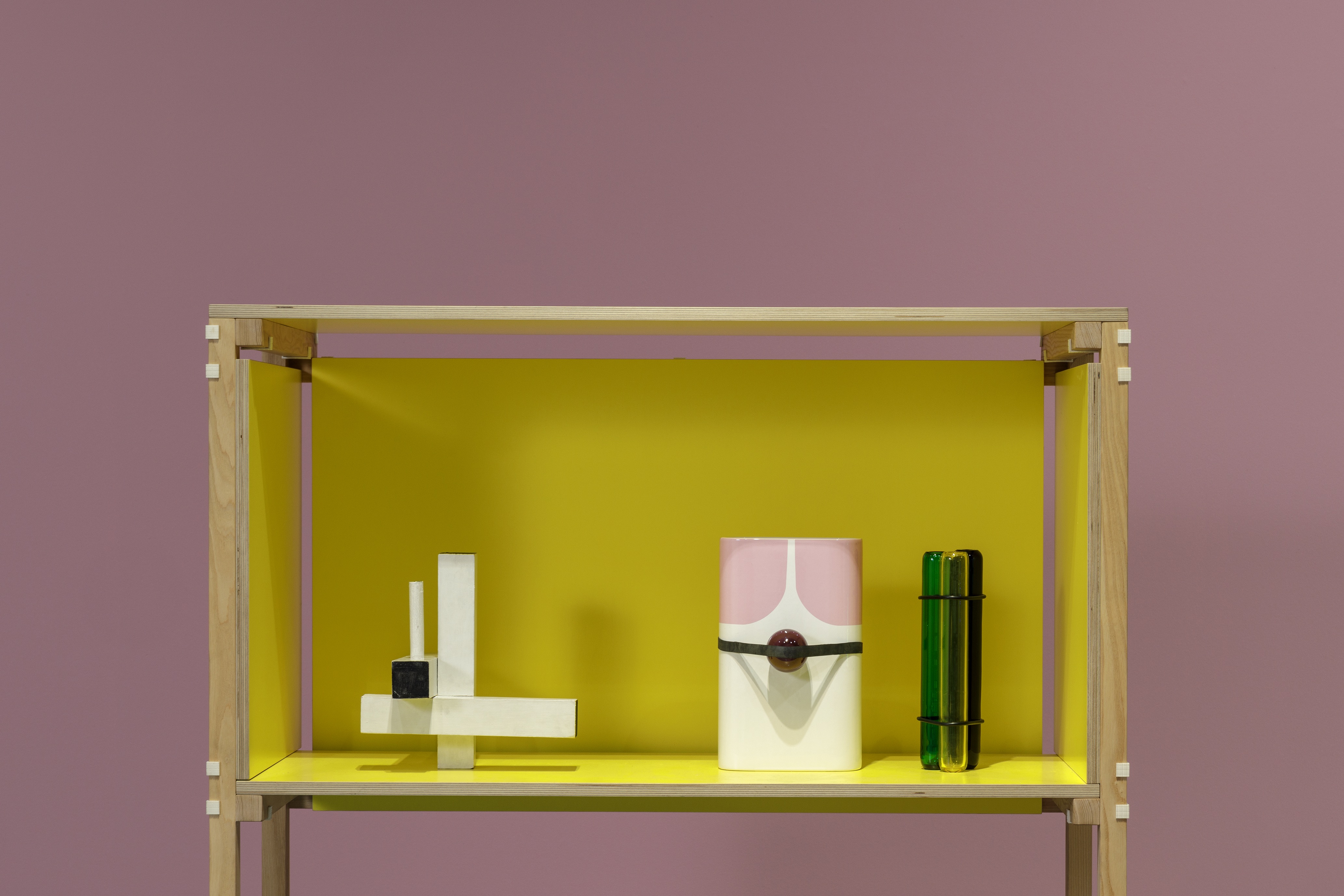
Studio Minale-Maeda's ‘Inside Out Cabinet’ from 2014; Cartesian node (wood construction) , 1920; Pierre Charpin ‘U-joints’ – ‘Nez’, 2018, and ‘Triplo’, Edition Venini 2003
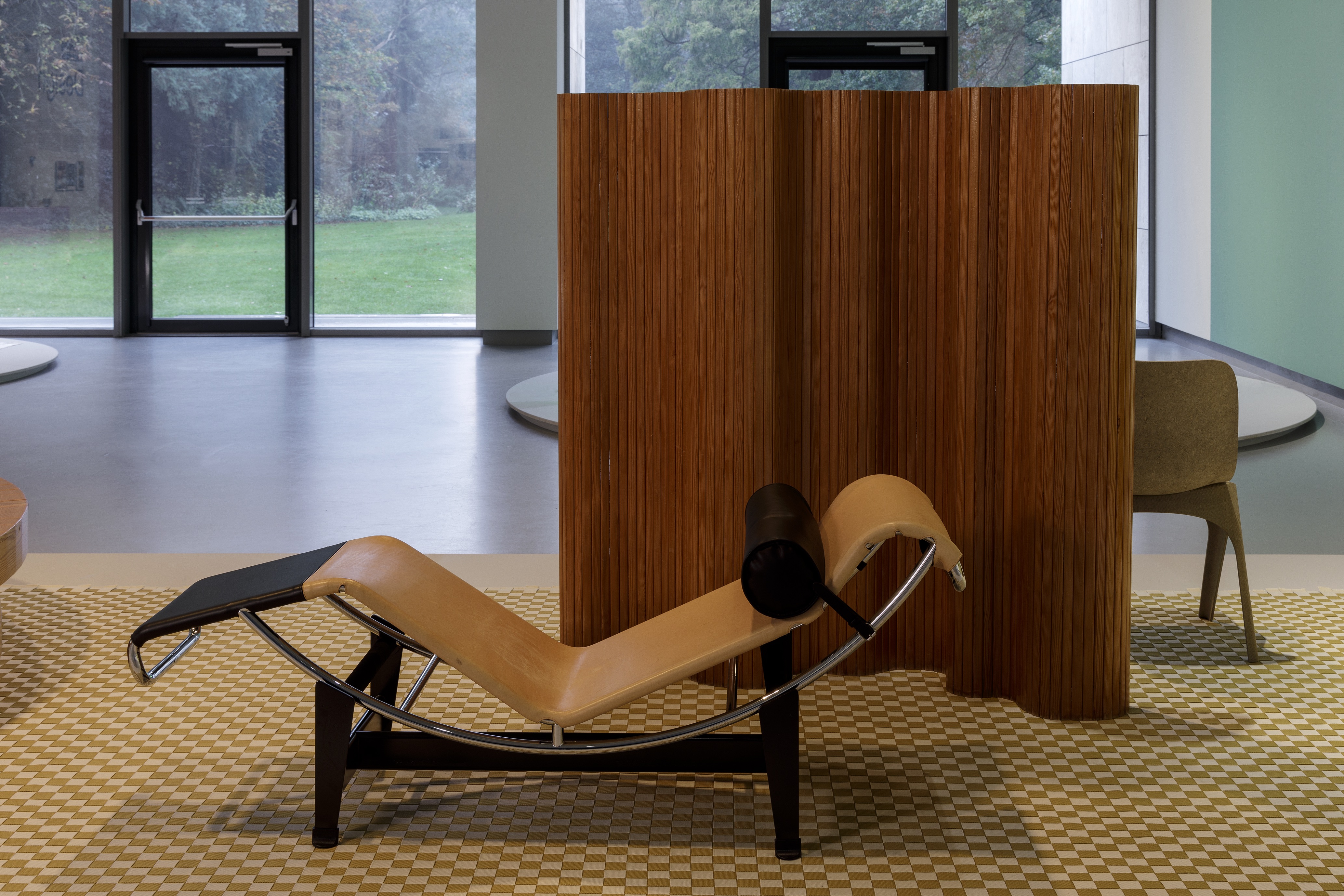
Alvar Aalto's ‘Room Divider’, 1935; ‘Flax’ chair by, 2019; Charlotte Perriand, Pierre Jeanneret, Le Corbusier, ‘LC4’ chaise longue, 1929 (reissued by Cassina)
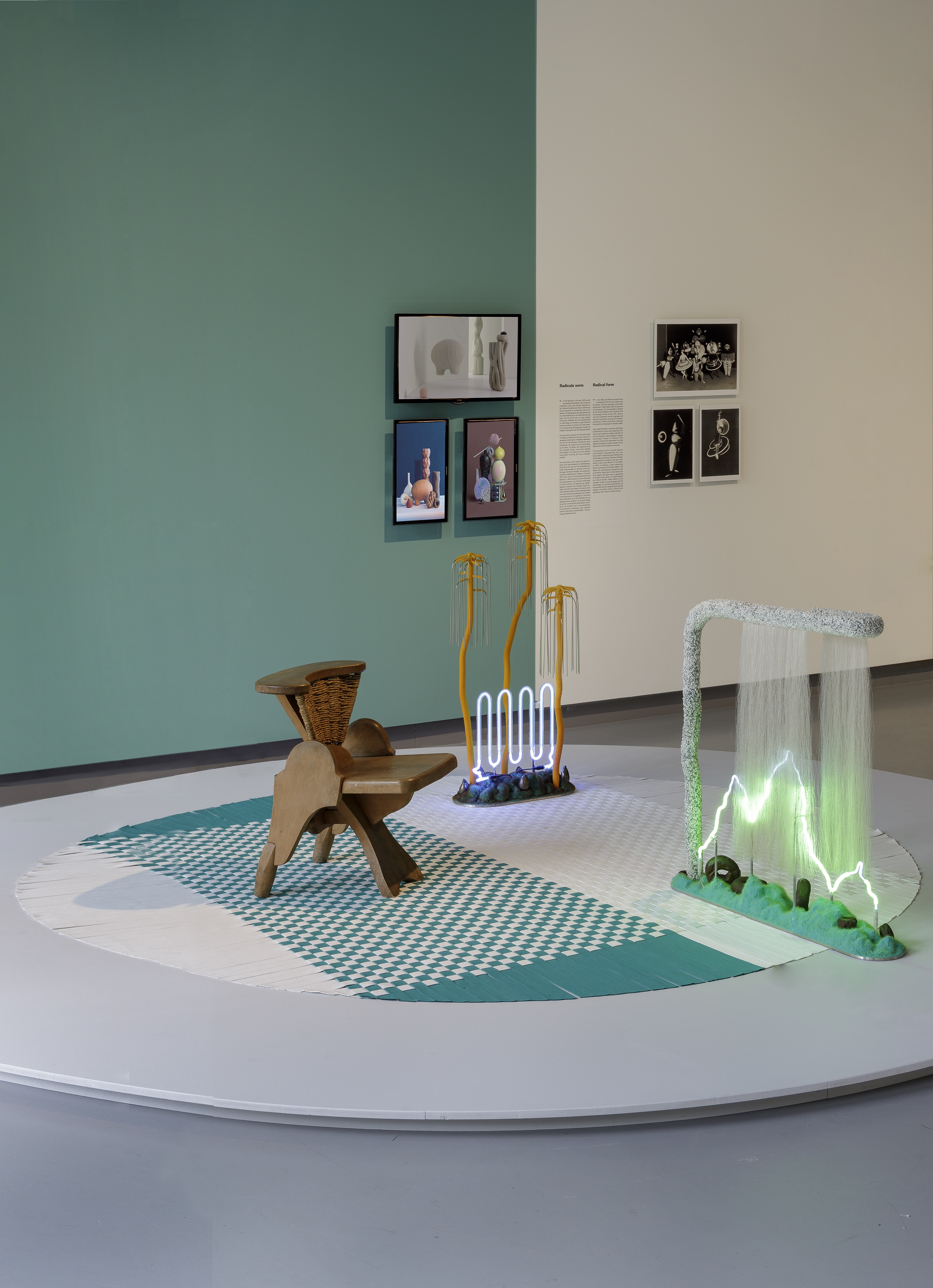
Bernhard Hoetger chair, 1924; ‘American Apple’ and ‘Sugar Loaf’ lights, 2020 and 2018. On wall: animations and digital prints, shown alongside Oskar Schlemmer works including The Spiral, The Abstract, group photo of the Triadic Ballet, all from 1926, collection Bauhaus-Archiv Berlin
INFORMATION
‘The Roaring Twenties’ is on view until 3 April 2022
wiekisomers.com
kranenburgh.nl
Wallpaper* Newsletter
Receive our daily digest of inspiration, escapism and design stories from around the world direct to your inbox.
Rosa Bertoli was born in Udine, Italy, and now lives in London. Since 2014, she has been the Design Editor of Wallpaper*, where she oversees design content for the print and online editions, as well as special editorial projects. Through her role at Wallpaper*, she has written extensively about all areas of design. Rosa has been speaker and moderator for various design talks and conferences including London Craft Week, Maison & Objet, The Italian Cultural Institute (London), Clippings, Zaha Hadid Design, Kartell and Frieze Art Fair. Rosa has been on judging panels for the Chart Architecture Award, the Dutch Design Awards and the DesignGuild Marks. She has written for numerous English and Italian language publications, and worked as a content and communication consultant for fashion and design brands.
-
 All-In is the Paris-based label making full-force fashion for main character dressing
All-In is the Paris-based label making full-force fashion for main character dressingPart of our monthly Uprising series, Wallpaper* meets Benjamin Barron and Bror August Vestbø of All-In, the LVMH Prize-nominated label which bases its collections on a riotous cast of characters – real and imagined
By Orla Brennan
-
 Maserati joins forces with Giorgetti for a turbo-charged relationship
Maserati joins forces with Giorgetti for a turbo-charged relationshipAnnouncing their marriage during Milan Design Week, the brands unveiled a collection, a car and a long term commitment
By Hugo Macdonald
-
 Through an innovative new training program, Poltrona Frau aims to safeguard Italian craft
Through an innovative new training program, Poltrona Frau aims to safeguard Italian craftThe heritage furniture manufacturer is training a new generation of leather artisans
By Cristina Kiran Piotti